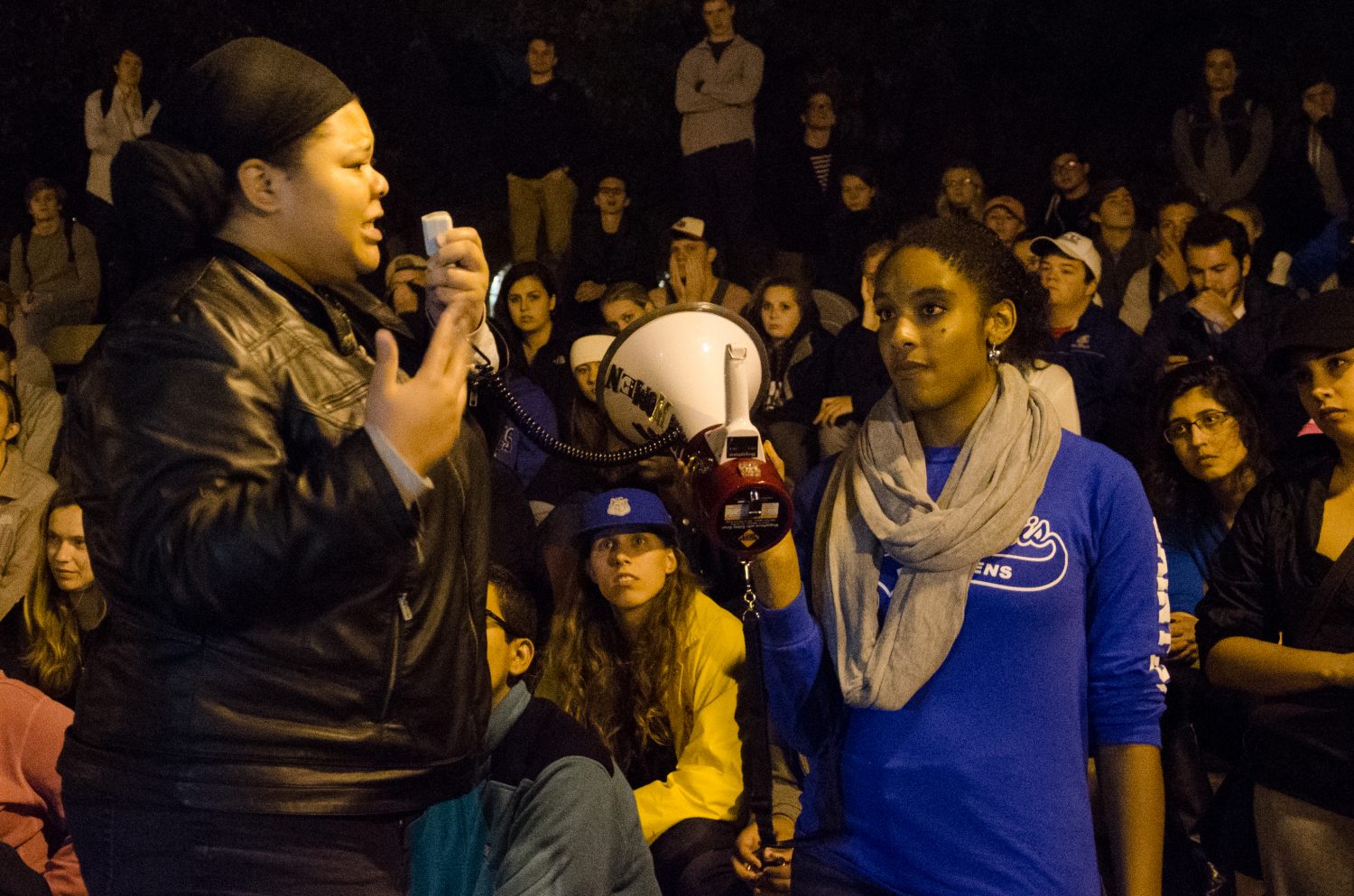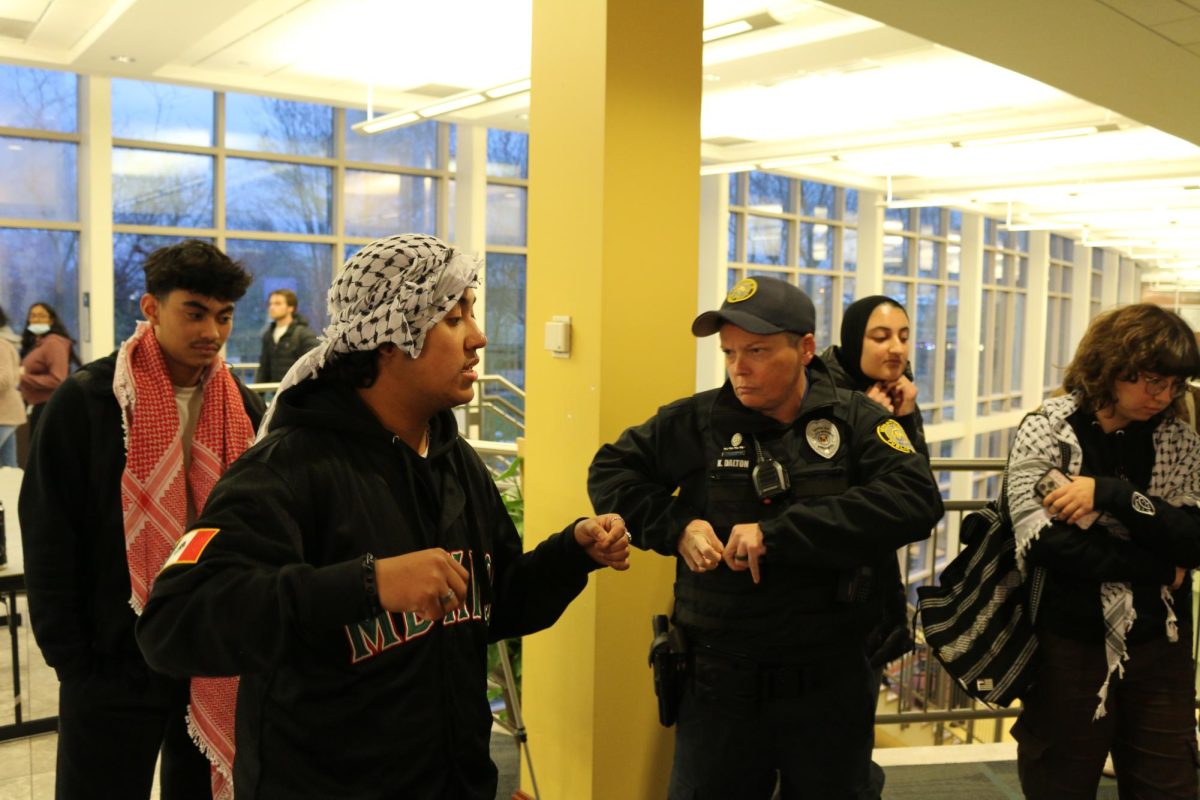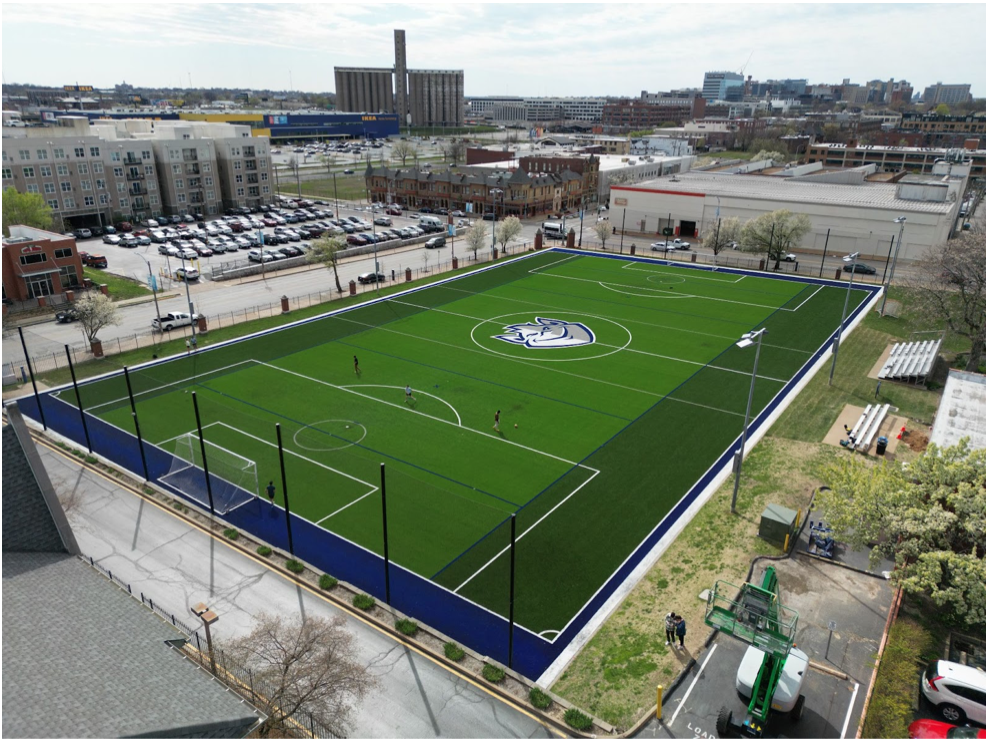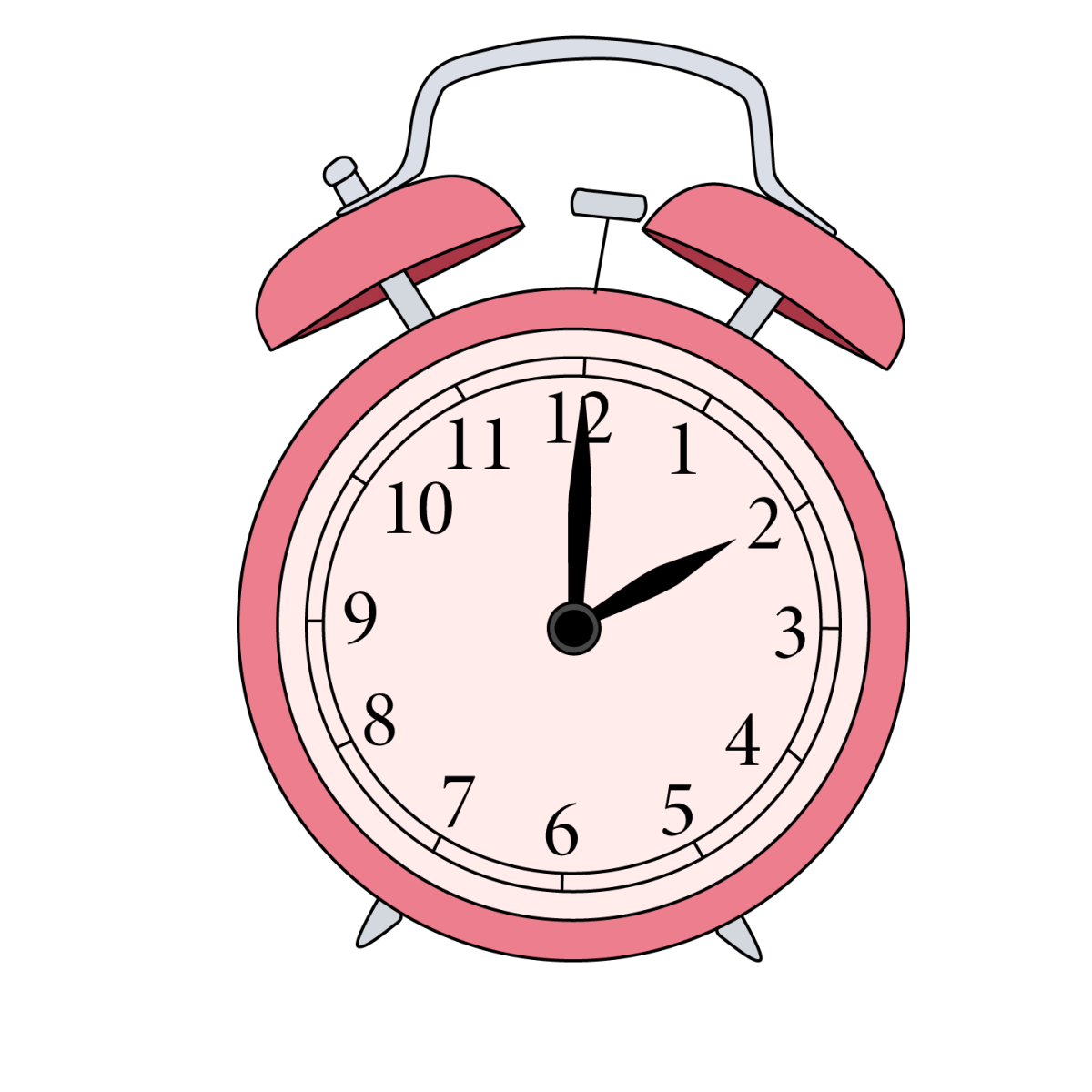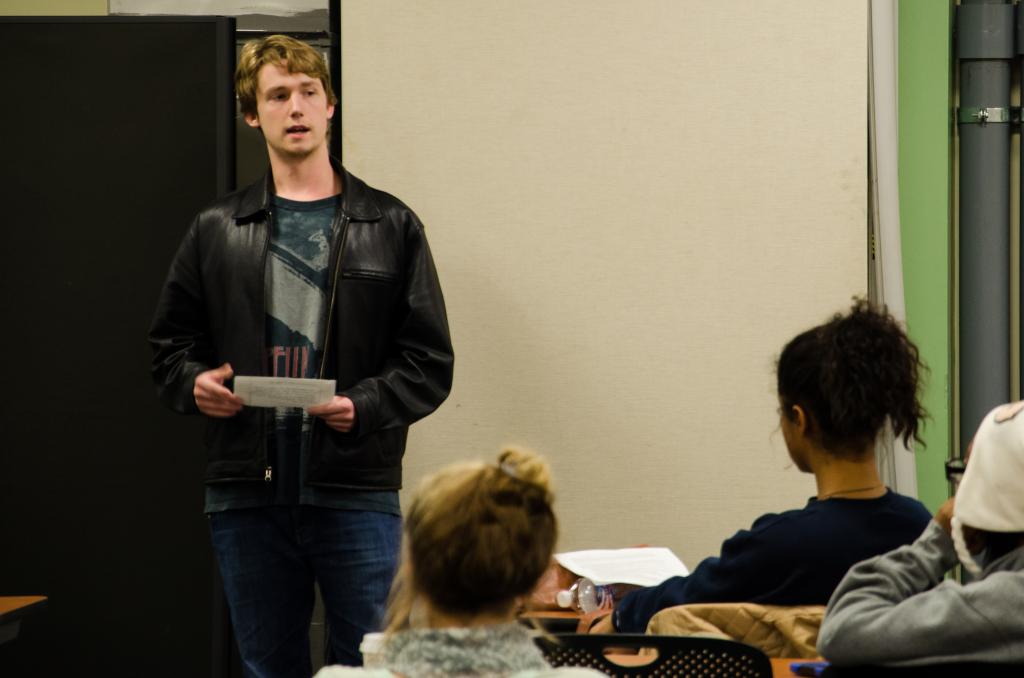
Ryan Quinn / Photo Editor
Amidst high emotions, students struggle to find common ground
It would be nearly impossible to find a member of the SLU community without a strong opinion on the Occupy SLU protest, one way or another. From the very beginning, the demonstration divided students, parents and faculty on a number of contentious issues. Was the protest’s cause justified? Were tactics effective, or were they counterproductive to their goals, perhaps even offensive and derogatory? Did they even have a right to be on campus?
Students had the opportunity to address these questions and more at a number of different dialogues throughout the weeklong occupation. These conversations took a number of different forms: “teach-ins” organized by Tribe X and the protesters themselves, student-led dialogues hosted by SLU in the BSC and various residence halls on campus, and informal conversations that arose spontaneously at the clock tower.
On Monday morning, Oct. 13, following the Sunday night march of over 1000 participants onto SLU’s campus, a small contingent of protesters—an estimated 25 individuals (though the number varied throughout the week)—remained living in tents in the middle of campus, determined to continue the sit-in. In an effort to field questions and concerns from the public, protesters hosted a teach-in at the clock tower at 9 p.m. the first night of the occupation. The first of these dialogues was, according to school administration, attended by over 500 students, Jesuits, and faculty. SLU’s President, Dr. Fred Pestello, made an appearance, but did not address to the crowd.
In opening statements, organizers stated their goal was “to bring awareness to [this] very privileged community and [its] privileged individuals” about the oppression and inequality faced by black people, specifically at the hands of law enforcement. The death of Michael Brown, they claimed, was not an isolated incident but rather “the straw that broke the camel’s back.” The discussion was led by SLU students, members of Tribe X and other protester leaders who passed around several megaphones and encouraged attendees to speak up, ask questions, and share their thoughts. Though the event was peaceful, the mood of the evening was tense and the conversation grew heated at times.
The conversation that began at the first teach-in continued throughout the weeklong demonstration. Several recurring topics divided the SLU community. People questioned the explicit message and goals of the protest. Some were concerned about the presence of non-students on campus or feared the possibility of the demonstrations escalating to violence. Others contested the notion that they were somehow “privileged” and unaware of the problems faced by black Americans. There were students who supported the actions of Darren Wilson, and felt the protesters were ignorant of the dangers faced by cops in the line of duty.
One common objection came to the forefront in the Monday night dialogue, and remained controversial throughout the week: “Why is the American flag being flown upside-down in the middle of our campus?”
The protesters responded that the upside-down flag was not intended as a sign of disrespect or disloyalty to the U.S. Rather, they claimed it was an accepted sign of distress; they argued that since black communities were racially profiled, ignored and oppressed by society, the American flag does not represent the same virtues, such as justice and equality, to them as it did to others. (According to U.S. Flag Code, the flag should not be displayed upside-down “except as a signal of dire distress in instances of extreme danger to life or property.” Whether this exception is applicable is open to interpretation). Later in the week, upright American flags were featured prominently in several counter-protests.
The tone of the conversations prompted by the protesters was intended to be open, respectful, and constructive. Opinions, however, differed on whether conversations led by protesters met this standard. Many felt the protesters came across as hostile and closed-minded.
Freshman Tim Lally was not pleased with the tactics and rhetoric used by the protesters. “There was no constructive dialogue. They came across as ‘we’re right, and you’re wrong.’” Specifically, he felt that their treatment of the flag was particularly inflammatory and unnecessary. “I thought it was extremely disrespectful, and had no purpose other than to provoke a reaction from the student body.”
Others took a more nuanced view. “I think the protest succeeded in making people feel uncomfortable, which of course is the point of having a protest,” said freshman Dennis Dunne. “But there was very little progress beyond that.” He felt that there was a disproportional amount of attention paid to the flag. “It drew attentions from the important issues.”
Sophomore Daniela Feliciano felt that despite its shortcomings, the dialogue surrounding the protest was successful because it forced people to acknowledge and discuss issues such as white privilege and systemic racism. “It popped the SLU bubble,” she said. “At the very least, it made people aware of the human factor in this struggle.”


